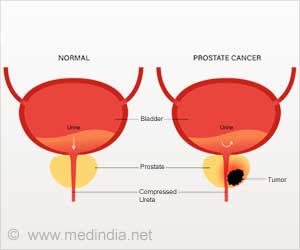The informed consent forms were extremely long and used wording that may have been complex enough to hinder full understanding, according to bioethicists at The Johns Hopkins University

"While we were familiar with many fairly long consent forms for several different types of studies," Kass says, "we were honestly surprised to see that the median length was 22 pages, and the median length for adult forms was a full 27 pages."
Their study, described in the August issue of the Journal of General Internal Medicine, and funded by the National Institute of Allergy and Infectious Diseases, also found that commonly misunderstood research concepts—namely, randomization and placebos—seemed to be explained with far less attention. For instance, whereas confidentiality sections had a median length of about two pages, randomization was treated to just 53 words.
Randomization is one of science's most trusted tools for minimizing biases in studies. But when studies spend so much time explaining why they are testing a new medicine or approach, and so little on randomization itself, participants may be left not realizing that half of them will get a different medicine, or perhaps no medicine at all, Kass points out.
Kass says this "unfortunate" trend may be because research regulations don't require that forms explain such concepts. Indeed, her study shows that researchers spend considerable time on the key concepts regulations require them to cover, such as purpose, procedures and risks.
Kass also found that the majority of the forms weren't as readable as they should be. Generally, institutional review boards recommend that consent documents be written at or below the eighth-grade level. But the majority of the forms that Kass reviewed required readers with at least a ninth-grader's comprehension. Such findings, while still not meeting commonly agreed-upon standards, demonstrate lower readability than consent form studies from decades past.
Advertisement
"In this study, the forms that researchers were given by their funders as models—what we call 'template' forms—were themselves very, very long," Kass explains. "I imagine many researchers wish they could use methods that were not only shorter, but maybe that used strategies other than written communication altogether."
Advertisement
As long as these template forms, which come from research funders, remain lengthy, the investigators and review boards in the field will assume they must use those forms, Kass says. So, the overall goal of the study is to supply hard facts that policy specialists can use as they consider developing recommendations for shortening and simplifying consent forms, or for, otherwise, helping participants in complex clinical research understand what they are joining.
Source-Eurekalert








